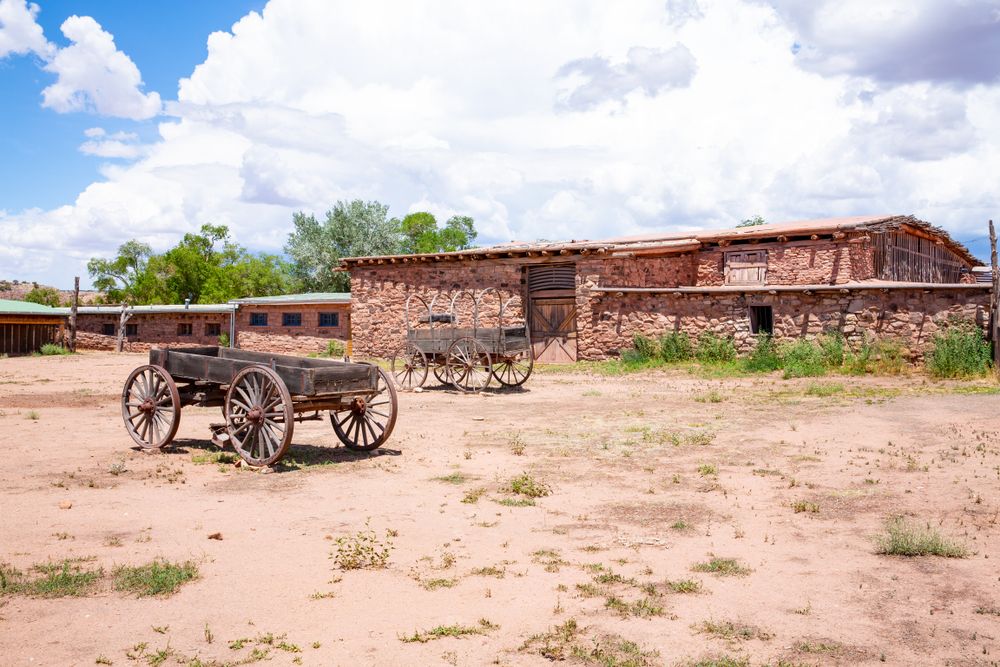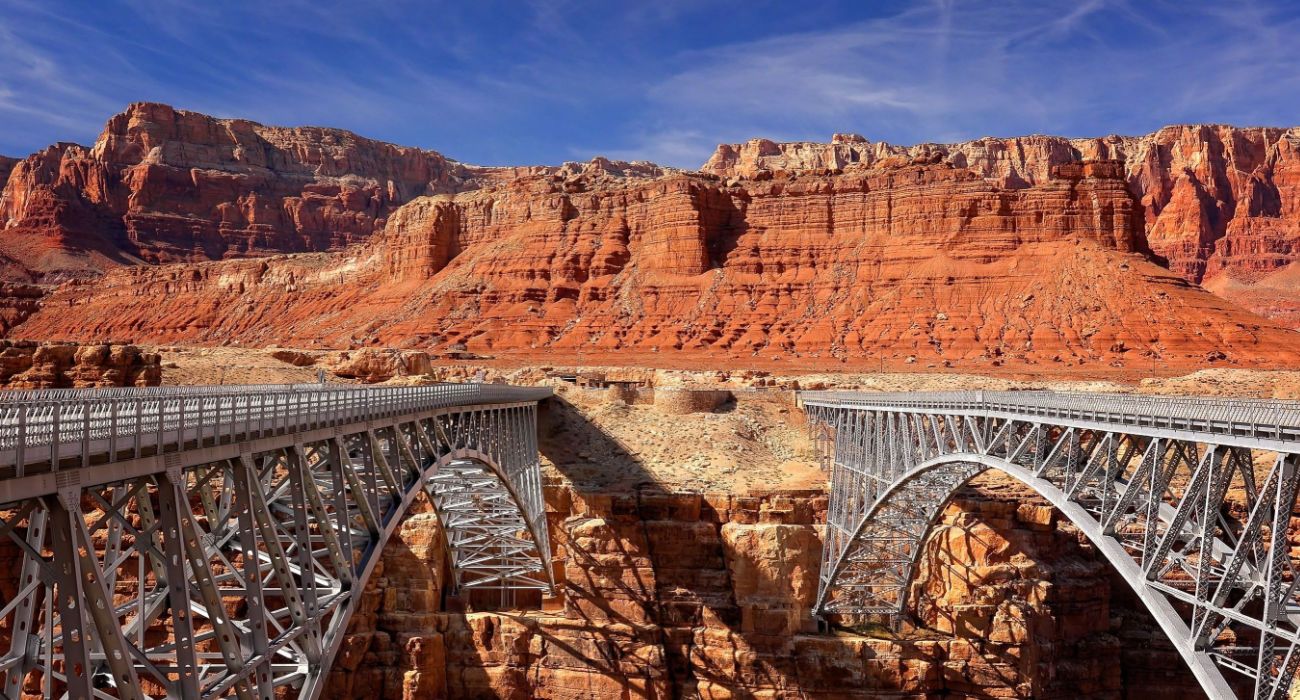
Journey into Diné Bikéyah: Unveiling Ancient Histories on Navajo Nation Tours in Arizona
Arizona, a state synonymous with vast, sun-drenched landscapes, harbors within its borders a jewel of cultural heritage and breathtaking natural beauty: the Navajo Nation. Known to its people as Diné Bikéyah, "The People’s Land," this sovereign territory is not merely a geographic expanse but a living testament to millennia of human history, resilience, and spiritual connection to the earth. For the intrepid traveler, historical site tours within the Arizona portion of the Navajo Nation offer an unparalleled opportunity to step back in time, immerse oneself in a vibrant indigenous culture, and witness landscapes that tell stories etched in rock and sand. These are not just scenic drives; they are journeys into the heart of Diné heritage, guided by the very people whose ancestors have walked these lands for generations.
The Navajo Nation, the largest Native American reservation in the United States, sprawls across parts of Arizona, Utah, and New Mexico, covering an area larger than 10 states. Its Arizona segment is particularly rich in iconic historical and natural wonders, drawing millions annually. Yet, to truly appreciate these sites, one must look beyond the surface beauty and delve into the narratives shared by Diné guides. These tours are crucial for understanding the profound historical significance of locations often superficially appreciated for their aesthetic appeal. They offer a window into the Ancestral Puebloan (Anasazi) civilizations that preceded the Diné, as well as the enduring traditions, struggles, and triumphs of the Navajo people themselves.
Monument Valley Navajo Tribal Park: Where Earth Meets Sky and History
Perhaps the most internationally recognizable of all Navajo lands, Monument Valley Navajo Tribal Park straddles the Arizona-Utah border, but its most iconic formations are firmly rooted in Arizona. Often celebrated as the backdrop for countless Western films, its towering sandstone buttes, mesas, and spires have captivated imaginations worldwide. However, to the Diné, Monument Valley, or Tsé Biiʼ Ndzisgaii ("Valley of the Rocks"), is far more than a scenic wonder; it is a sacred landscape imbued with spiritual power and ancestral memory.
Guided tours, often conducted in open-air jeeps by local Navajo operators, are indispensable here. These tours venture deep into areas inaccessible to private vehicles, revealing hidden arches, petroglyphs, and ancient cliff dwellings. Guides share oral histories, creation stories, and insights into the medicinal plants and cultural practices tied to specific formations. For instance, the "Three Sisters" rock formation isn’t just a geological curiosity; it represents the nurturing spirit of Diné women. Visitors learn about the traditional hogans (Navajo homes), the importance of sheep herding, and the intricate weaving traditions that reflect the landscape itself. "When you ride through Monument Valley with a Navajo guide, you’re not just seeing rocks; you’re hearing the land speak," explains a local tour operator. "Each formation has a story, a teaching, a connection to our ancestors." This immersive experience transforms a mere photo opportunity into a profound cultural exchange.

Canyon de Chelly National Monument: A Cradle of Civilization
East of Monument Valley, nestled near Chinle, Arizona, lies Canyon de Chelly National Monument, a place of unparalleled historical depth and continuous human occupation for over 5,000 years. Unlike Monument Valley, Canyon de Chelly is jointly managed by the National Park Service and the Navajo Nation, with the canyon floor remaining Navajo tribal trust land. This means access to the canyon bottom is strictly limited to tours accompanied by an authorized Navajo guide or a park ranger. This regulation ensures the preservation of the sacred sites and the respectful engagement of visitors with the living community that still inhabits the canyon.
Canyon de Chelly’s sheer, red sandstone walls, rising up to 1,000 feet, shelter an astonishing array of Ancestral Puebloan cliff dwellings, petroglyphs, and pictographs. The most famous of these is the White House Ruin, accessible via a strenuous but rewarding trail from the rim, or as part of a guided jeep tour into the canyon. These tours, often traversing streams and sandy washes, offer close-up views of sites like Antelope House and Mummy Cave, providing a tangible link to ancient civilizations. Guides recount the history of the Ancestral Puebloans, their eventual migration, and the subsequent arrival of the Diné. They also share the tragic history of the "Long Walk," when the U.S. Army forced the Navajo people from their lands in the mid-19th century, with Canyon de Chelly serving as a significant point of refuge and resistance. Towering above the confluence of Canyon de Chelly and Monument Canyon is Spider Rock, a 800-foot sandstone spire considered sacred to the Diné, believed to be the home of Spider Woman, a powerful deity who taught the Diné how to weave. "The canyon breathes history," a Diné elder once observed. "Every rock, every dwelling, every shadow holds the memory of those who came before us."
Antelope Canyon: A Sculpted Masterpiece and Sacred Space
Near Page, Arizona, on Navajo land, lie the world-renowned Antelope Canyon (Upper and Lower), slot canyons carved by millennia of wind and flash floods. These ethereal caverns, with their undulating sandstone walls and shafts of light piercing from above, have become a pilgrimage site for photographers and travelers alike. Like other sacred sites on the Navajo Nation, visiting Antelope Canyon requires a mandatory guided tour led by authorized Navajo operators.
These tours are not just about capturing the perfect photograph; they are an invitation to experience a place of profound spiritual significance. Diné guides share the geological processes that created these wonders and the cultural reverence for water, light, and the earth’s transformative power. The canyons are seen as places of healing and spiritual cleansing. Guides often point out formations resembling animals or figures, sharing the stories and meanings attributed to them. The popularity of Antelope Canyon underscores the economic importance of tourism for the Navajo Nation, providing employment and supporting local families, while also emphasizing the need for respectful visitation and booking tours well in advance.
Hubbell Trading Post National Historic Site: A Crossroads of Culture
While not solely a natural wonder, the Hubbell Trading Post National Historic Site, near Ganado, Arizona, offers a unique historical perspective on the interactions between the Navajo people and Anglo settlers. Established in 1878 by John Lorenzo Hubbell, it is the oldest continuously operating trading post on the Navajo Nation. For over a century, Hubbell Trading Post served as a vital economic and cultural hub, where Navajo weavers, silversmiths, and herders traded their goods for necessities, and where cultural exchange flourished.
Today, visitors can explore the historic post, the Hubbell family home, and the original corrals. The site provides a fascinating glimpse into the history of Native American commerce and the preservation of traditional arts. Demonstrations of rug weaving, an art form deeply ingrained in Navajo culture, are often available, allowing visitors to appreciate the intricate craftsmanship and storytelling embedded in each piece. The trading post stands as a testament to the enduring entrepreneurial spirit of the Diné and the complex history of their engagement with the wider world.

Beyond the Icons: Embracing the Full Diné Experience
The historical sites mentioned are but a glimpse into the vast cultural tapestry of the Navajo Nation in Arizona. Other significant locations include Window Rock, the tribal capital, home to the Navajo Nation Council Chambers and the Navajo Code Talkers Museum and Veteran’s Memorial Park, honoring the WWII heroes who used their unwritten language to create an unbreakable code. Exploring these sites offers a deeper understanding of contemporary Diné governance and their contributions to global history.
Crucially, every tour on Navajo land emphasizes the importance of responsible tourism. Visitors are asked to respect the land, its people, and their traditions. This includes staying on designated paths, refraining from disturbing cultural sites, and always seeking permission before photographing individuals. The economic impact of these tours directly benefits the Diné people, supporting local guides, artists, and businesses, thus fostering cultural preservation and self-sufficiency.
Embarking on a historical site tour within the Navajo Nation in Arizona is more than just a vacation; it is an educational journey, a spiritual encounter, and an act of cultural appreciation. It is an opportunity to connect with a history that predates the United States, to witness the enduring spirit of a proud people, and to walk in beauty, or Hózhó, as the Diné say. These tours unveil not only the ancient past but also the vibrant present of a nation that continues to thrive, adapt, and share its profound wisdom with those willing to listen and learn.

